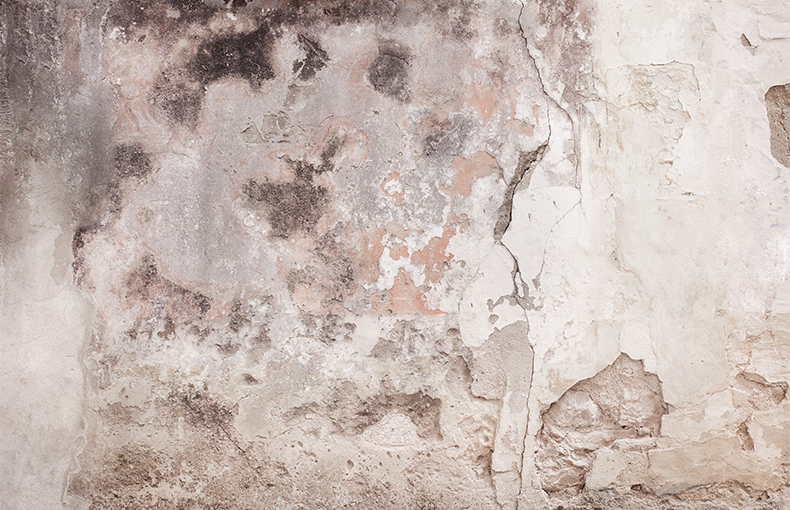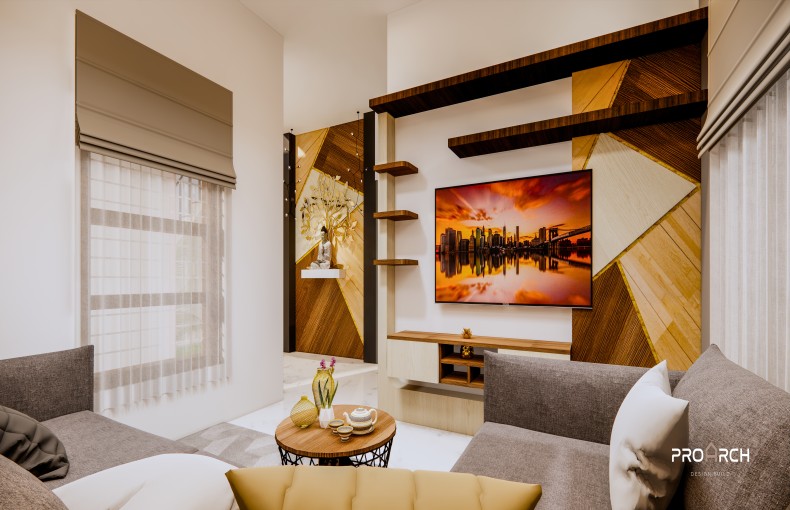Damp Walls ? Don’t Panic ! Here’s How To Fix Them.
Ever walk into a room and notice a musty odour or see unsightly dark patches on your walls? These could be signs of a common problem called damping.
Damping is the excessive accumulation of moisture within the walls of a building. While seemingly harmless, dampness can not only damage your property but also cause health risks to your family.
Why does damping occur? There are two main causes:External Water Leakage and Internal Condensation. Leaky roofs, faulty plumbing or cracks in the exterior can allow water to flow into your walls. On the other hand, condensation occurs when warm, moist air comes into contact with a cooler surface, like your walls. When water flows into the walls, it creates a favourable environment for mould and mildew – two types of fungus that can grow in damp areas.
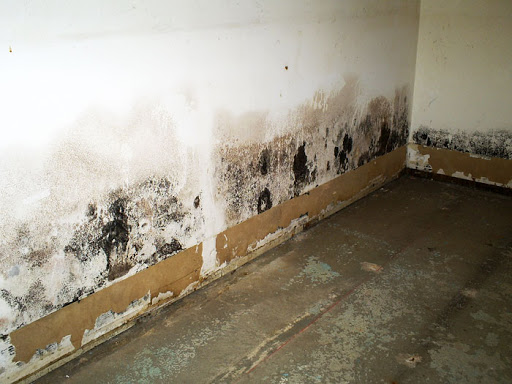
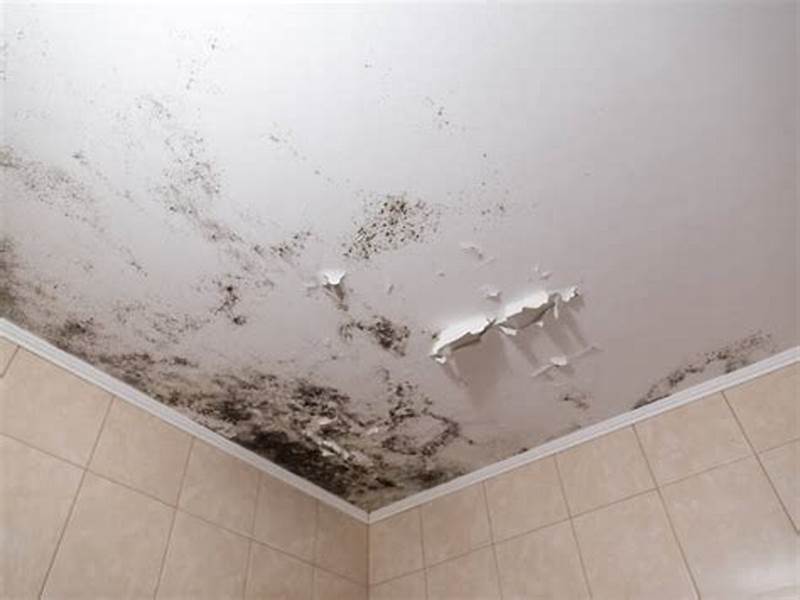
7 Signs Your Home Might Have Damping
1. Water stains on walls, windows, floors or ceilings.
2. An unpleasant smell from walls or floors.
3. Dark patches or spots on walls, ceilings or around windows.
4. Peeling off paint or wallpaper.
5. A white powdery substance on the walls.
6. Areas that appear darker or might feel cold to the touch.
7. Cracks or gaps in walls or foundations.
Types of Dampness in Home
There are three main types of dampness.
1. Rising Damp
2. Penetrating Damp
3. Condensation
Let’s discuss each in detail.
Rising Damp: Imagine a sponge soaking up water. Rising damp acts similarly. Ground moisture gets drawn upwards through your home’s foundation materials, like bricks or concrete. This can happen if there’s no proper Damp Proof Course (DPC) – a barrier that prevents moisture from rising.
Common signs include dampness at the lower section, often accompanied by salt deposits (white, crystalline patches), peeling paint and damp floorboards.
Penetrating Damp: This type of dampness occurs when water leaks directly into your home through cracks in walls, faulty roofs or leaking pipes. Heavy rain or improper drainage around the house can also contribute to penetrating damp.
Common signs include visible water stains, damp patches around windows and doors, cracks and opening sand peeling paint.
Condensation: When warm, moist air comes into contact with cooler surfaces, it leads to water droplets forming on Windows, walls and ceilings. Poor ventilation, particularly in kitchens and bathrooms, and activities that can generate a lot of moisture (drying clothes indoors)can contribute to condensation.
Common signs include black mould growth on ceilings and walls, water dripping down walls, damp patches on the floor and a musty odour.
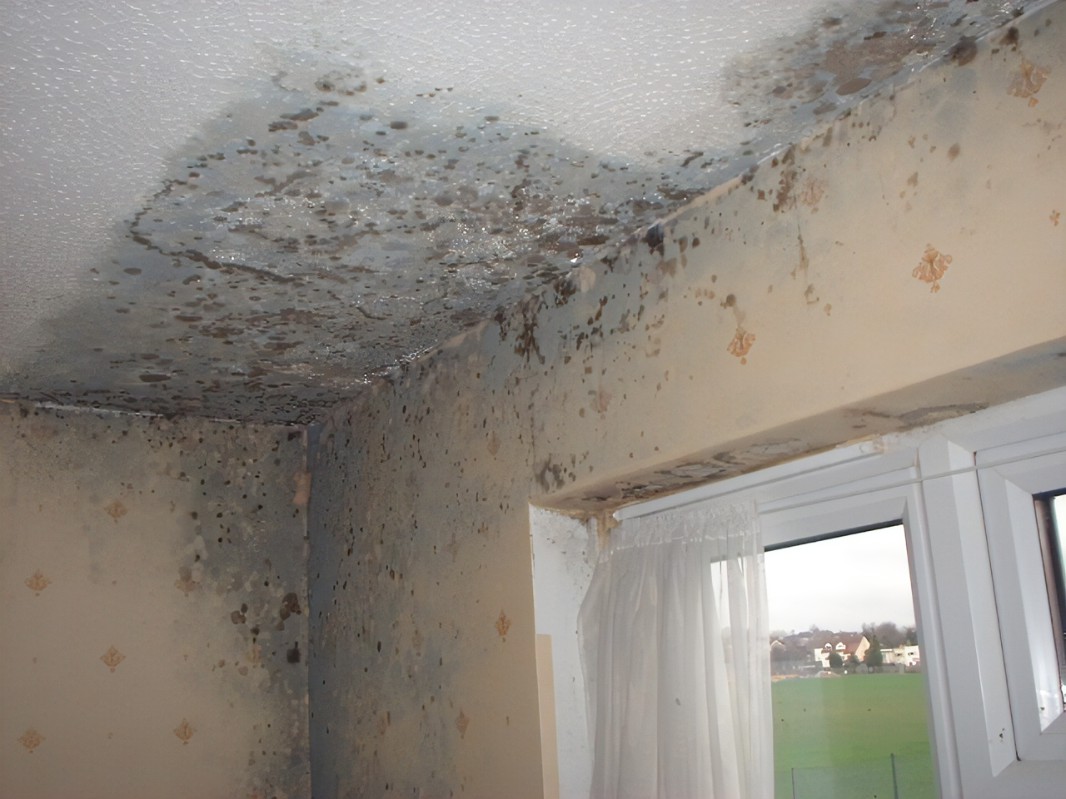
Effective Solutions for Dampness
Understanding the source of your damping problem is crucial for determining the most effective solution.
Rising Damp
- Install a Damp-Proof Course (DPC): This acts as a waterproof barrier between your foundation and walls, preventing moisture from rising.
- Underpinning: In severe cases, underpinning involves strengthening the foundation and adding a DPC below the existing floor level.
- Improved Drainage: Ensuring proper drainage around your home’s exterior can significantly reduce ground moisture and divert water away from the foundation.
Penetrating Damp
- Leak Repair:Fixing the source of the leak, whether it’s a faulty pipe, a cracked roof or defective plumbing, is essential to stop further water from entering.
- Crack Repair: Sealing cracks in walls and foundations with appropriate materials prevents water from seeping through.
- External Waterproofing: Applying a waterproof coating to the exterior walls can help prevent rainwater from penetrating the brickwork.
Condensation Damp
- Ventilation: Proper ventilation is essential to remove excess moisture. Ensure good airflow by opening windows regularly and using extractor fans in bathrooms and kitchens.
- Dehumidifiers: In areas prone to high humidity, using a dehumidifier can help remove excess moisture from the air.
- Heating and Insulation: Maintaining a consistent and comfortable temperature reduces the risk of condensation. Additionally, proper insulation helps retain heat and prevent cold surfaces where condensation forms.
Note: The best solution depends on the specific type of dampness.
Additional Tips
- Address Mould Growth: If you discover mould, it’s crucial to address it promptly to prevent further problems.
- Professional Help: Consulting a professional builder or waterproofing specialist is recommended. They can assess the situation and suggest the most appropriate solution
A beautiful home is more than just beauty. It is a living space for comfort and well-being. So, never allow dampness to take control of your home’s comfort.
Contact ProArch Builders today for a free damp proofing consultation. Our experts will assess your situation and recommend the most effective solution to create a healthy living environment.










